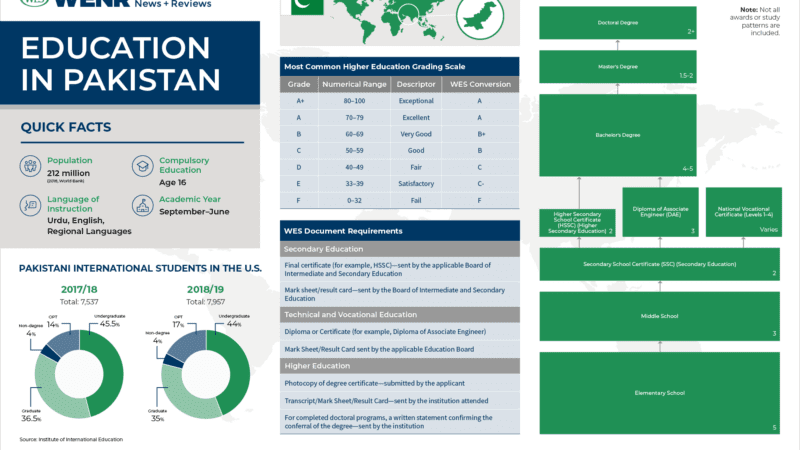The Kerala Bankruptcy: A Case Study and Deep Insight

Introduction:
Kerala, known for its scenic beauty and high human development indices, faced a financial crisis that led to bankruptcy. This case study delves into the factors contributing to Kerala’s bankruptcy, its implications, and potential strategies for recovery.
Background:
Kerala, located in the southwestern part of India, boasts high literacy rates, robust healthcare systems, and a thriving tourism industry. However, despite its socioeconomic advancements, Kerala struggled with mounting debt, mismanagement, and economic downturns, ultimately leading to bankruptcy.
Factors Contributing to Kerala’s Bankruptcy:
1. High Government Spending:
Kerala’s government implemented extensive welfare programs, including subsidized food, healthcare, and education. While noble in intent, these initiatives strained the state’s finances, leading to unsustainable levels of government spending.
2. Decline in Revenue Streams:
Kerala heavily relies on remittances from its large expatriate population and revenue from tourism. Economic downturns, political instability in the Middle East (a significant source of remittances), and natural disasters severely impacted these revenue streams, exacerbating the financial crisis.
3. Poor Fiscal Management:
Kerala’s fiscal policies lacked prudence and accountability. Inefficient resource allocation, corruption, and mismanagement of public funds worsened the state’s financial woes.
4. Economic Structural Issues:
Kerala’s economy faced structural challenges, including a high dependency on agriculture, limited industrialization, and low private sector investment. These factors hindered economic diversification and growth, contributing to financial instability.
Implications of Kerala’s Bankruptcy:
1. Social Impact:
The bankruptcy adversely affected vulnerable populations, leading to cuts in social welfare programs, healthcare, and education. Increased poverty, unemployment, and social unrest became pressing issues.
2. Investor Confidence:
Kerala’s bankruptcy damaged investor confidence, deterring domestic and foreign investment. Without investment, economic recovery and growth prospects were further undermined.
3. Political Fallout:
The financial crisis sparked political turmoil, with the government facing criticism for its handling of the economy. Public trust in governance institutions eroded, exacerbating political instability.
Strategies for Recovery:
1. Fiscal Reforms:
Implementing fiscal discipline, enhancing revenue generation mechanisms, and rationalizing expenditure are essential for restoring fiscal sustainability.
2. Economic Diversification:
Promoting industrialization, entrepreneurship, and innovation can reduce Kerala’s reliance on traditional sectors and create new avenues for growth.
3. Governance Reforms:
Strengthening transparency, accountability, and anti-corruption measures within government institutions is crucial for restoring public trust and efficient resource management.
4. International Assistance:
Seeking assistance from international financial institutions and donor agencies can provide temporary relief and technical expertise to address Kerala’s financial challenges.
Conclusion:
The Kerala bankruptcy serves as a cautionary tale of the perils of unsustainable fiscal policies, economic dependency, and governance failures. By implementing comprehensive reforms and adopting prudent fiscal management practices, Kerala can embark on a path towards economic recovery and sustainable development. However, concerted efforts from government, civil society, and the private sector are imperative to overcome the challenges and rebuild Kerala’s economy.
The bankruptcy of Kerala would have significant implications for businesses operating within the state and those considering investment opportunities. Here’s how the factors outlined in the case study could impact businesses:
Decreased Consumer Spending:
With cuts in social welfare programs and increased poverty levels, consumer spending is likely to decrease. This can adversely affect businesses, particularly those in the retail, hospitality, and consumer goods sectors, as demand for their products and services declines.
Reduced Government Contracts and Spending:
Businesses reliant on government contracts or subsidies may face challenges as the government scales back spending to address the financial crisis. This could impact sectors such as construction, infrastructure development, and healthcare services.
Investor Confidence:
The bankruptcy could lead to a loss of investor confidence, both domestic and foreign. Businesses seeking investment or financing may find it more difficult to secure funding due to heightened risk perceptions associated with the state’s financial instability.
Supply Chain Disruptions:
Economic turmoil can disrupt supply chains, leading to delays in procurement, production, and distribution processes. Businesses relying on inputs or raw materials sourced from Kerala may experience disruptions, affecting their operations and profitability.
Policy Uncertainty:
Political instability and governance issues resulting from the financial crisis may lead to policy uncertainty. Businesses may face challenges in planning and decision-making due to unpredictable regulatory environments and potential policy changes.
Opportunities for Restructuring and Innovation:
Despite the challenges, the crisis may present opportunities for businesses to innovate, restructure, and adapt to the changing economic landscape. Companies that can offer cost-effective solutions, innovative products, or services tailored to the needs of the market during the crisis may thrive in the long term.
Potential for Government Support:
While government spending may decrease overall, there could be targeted support or incentives for businesses that contribute to economic recovery efforts. Businesses involved in job creation, export promotion, or sustainable development initiatives may benefit from government support programs.
In summary, the bankruptcy of Kerala would likely have a multifaceted impact on businesses, ranging from decreased consumer spending and investor confidence to supply chain disruptions and policy uncertainty. However, businesses that can navigate these challenges, adapt to the changing environment, and seize potential opportunities for innovation and restructuring may emerge stronger in the aftermath of the crisis.




